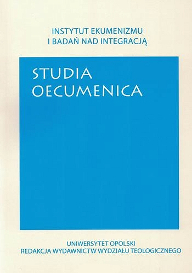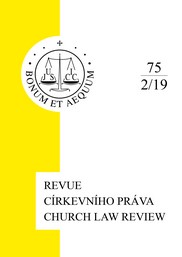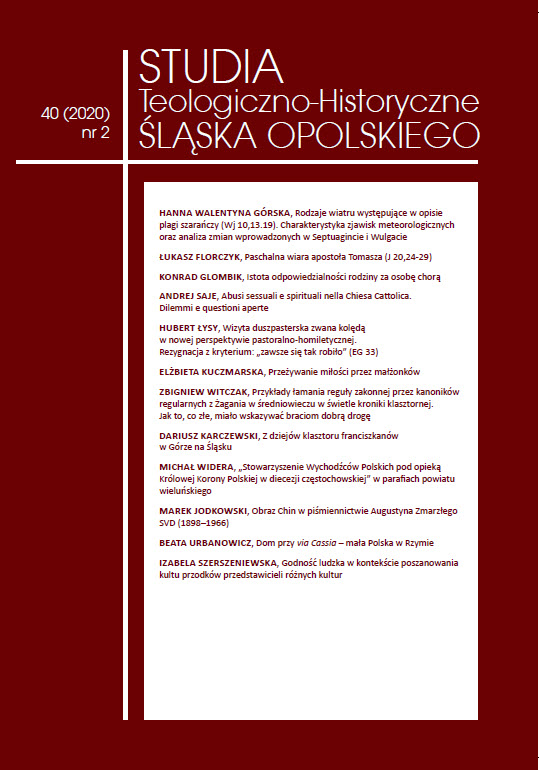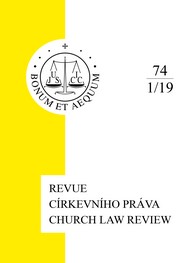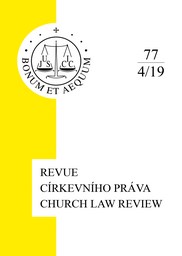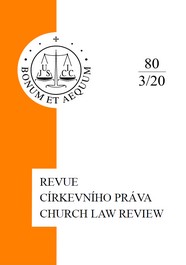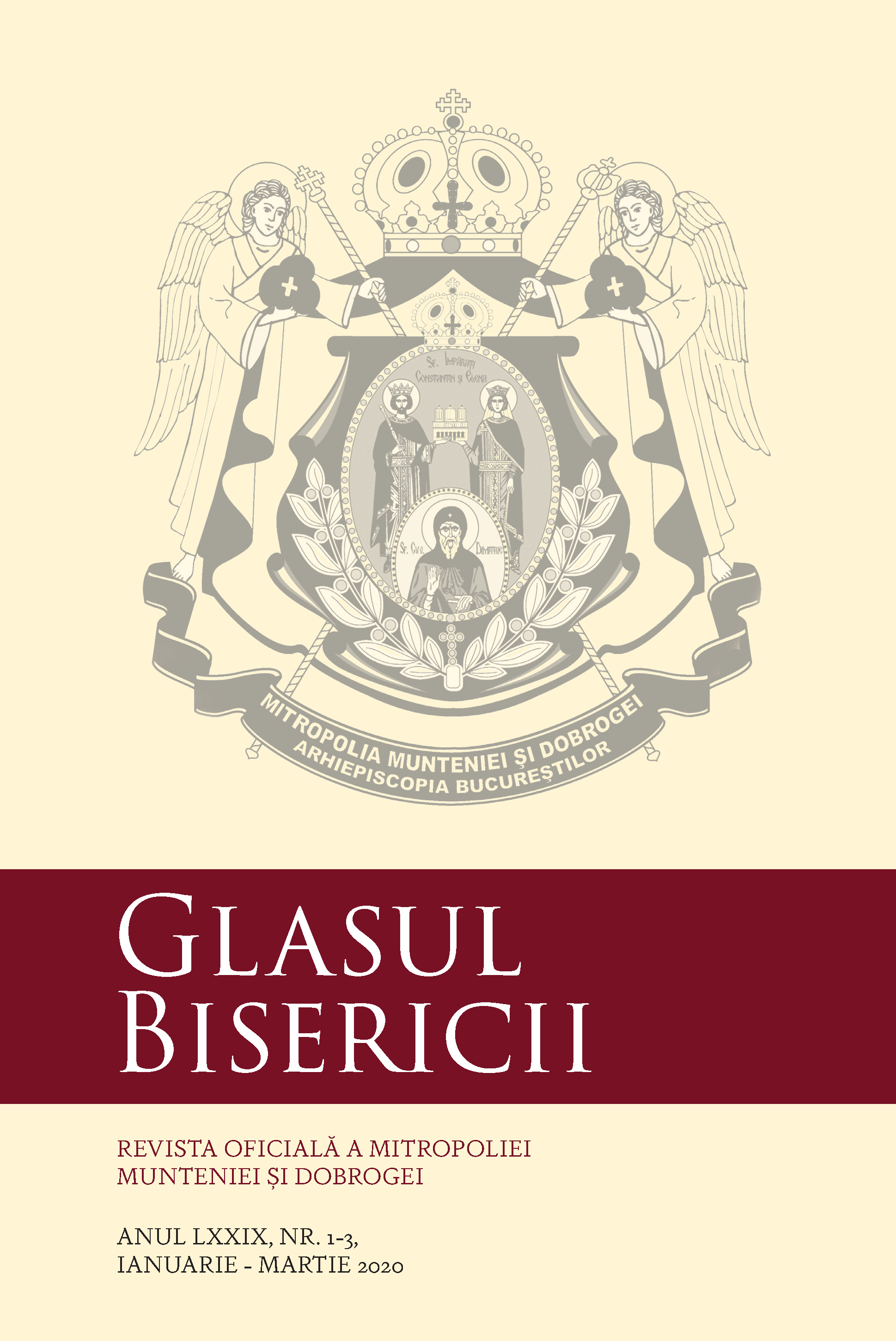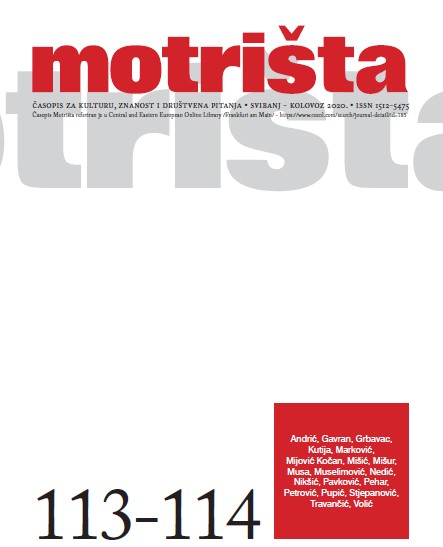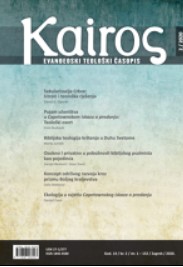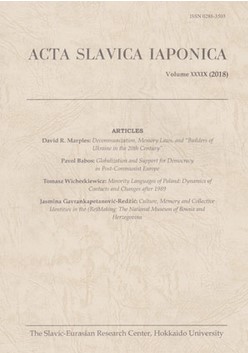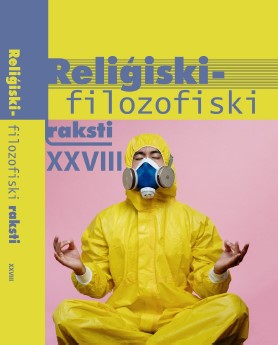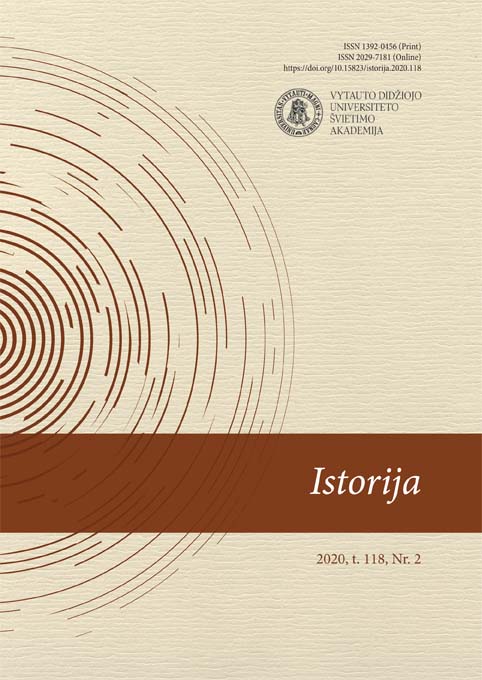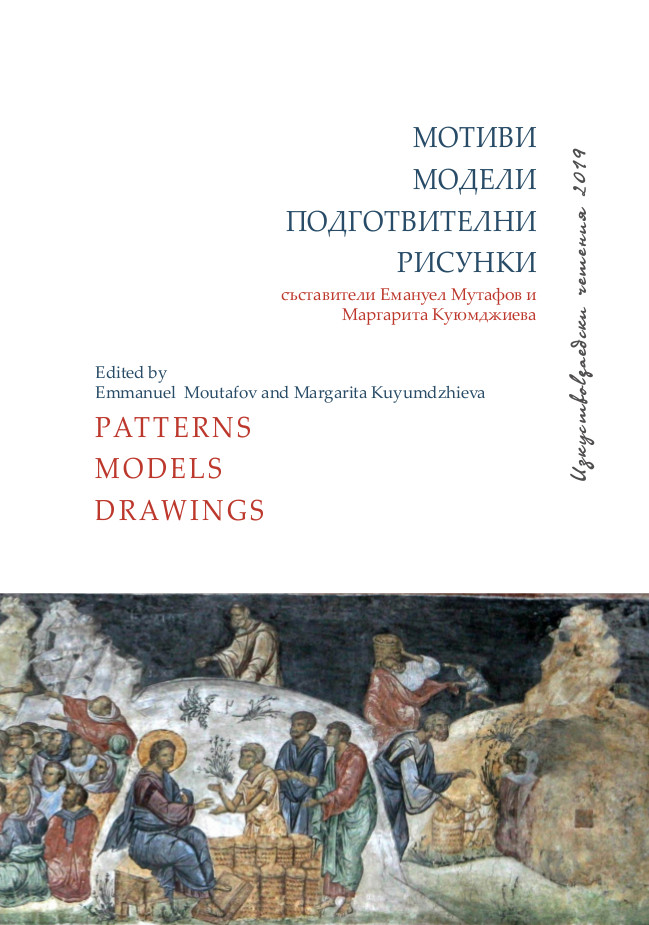
Неизвестна фотография от църквата „Св. Георги Мали“ в Несебър
The present study is dedicated to a hitherto unpublished photo from the Mavrodinov family archives, which is part of the mural programme of an unknown church. The upper end of the plate featured an inscription ‘St Spiridion’ on the emulsion. There are three pencil inscriptions on the reverse of the photo: „St Spiridon“?“, „Where?“, „Melnik?“ However, in the course of the present study, it emerged that the photo in question corresponds to the information left by André Grabar and Asen Vasiliev about the St George the Lesser church in Nessebar. It is a small, single-aisled structure with one apse and a prothesis and diakonikon niche at the eastern wall. On the basis of the hitherto known photos, the preserved murals and the published plan, researchers conditionally date the construction of the church in the Ottoman period. The research of Ivanka Gergova, Emanuel Moutafov and Georgi Gerov date the murals in the very beginning of the 17th century. Most of the murals were detached in 1946 and today are part of the funds of the National Institute of Archaeology and Museum of the Bulgarian Academy of Sciences. The church was demolished the same year. We owe most of the information about the mural paintings’ distribution in the church to the research of André Grabar, who visited Nessebar in 1920, and to Asen Vasiliev, who studied St George the Lesser in 1946. However, their information does not overlap completely. The photo is even more valuable because today we know of only small fragments of the murals in the altar that have been preserved. One discerns from the photo that the upper register on the north wall in the altar ended with the scene of Pentecost. The Vision of St Peter of Alexandria is below. The scene „Manifestation of Christ before the Myrrh-bearing women“ was depicted on the east wall, above the prothesis niche. According to the photo, Christ in the Tomb was represented in the prothesis niche. Between that niche and the apse St Archdeacon Stephen was featured.
More...
